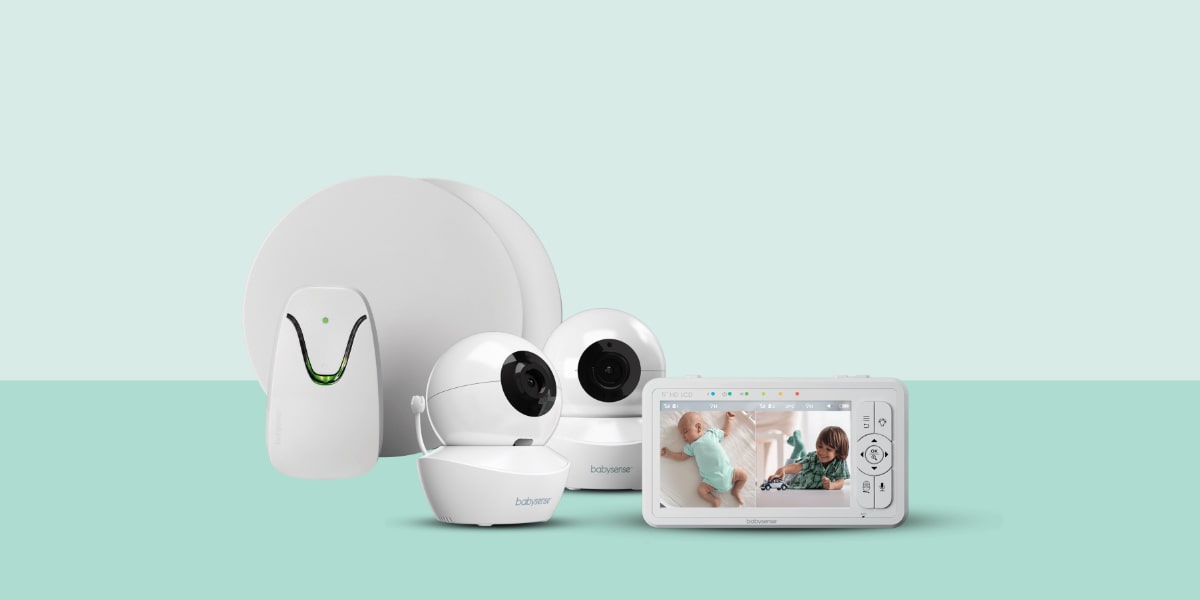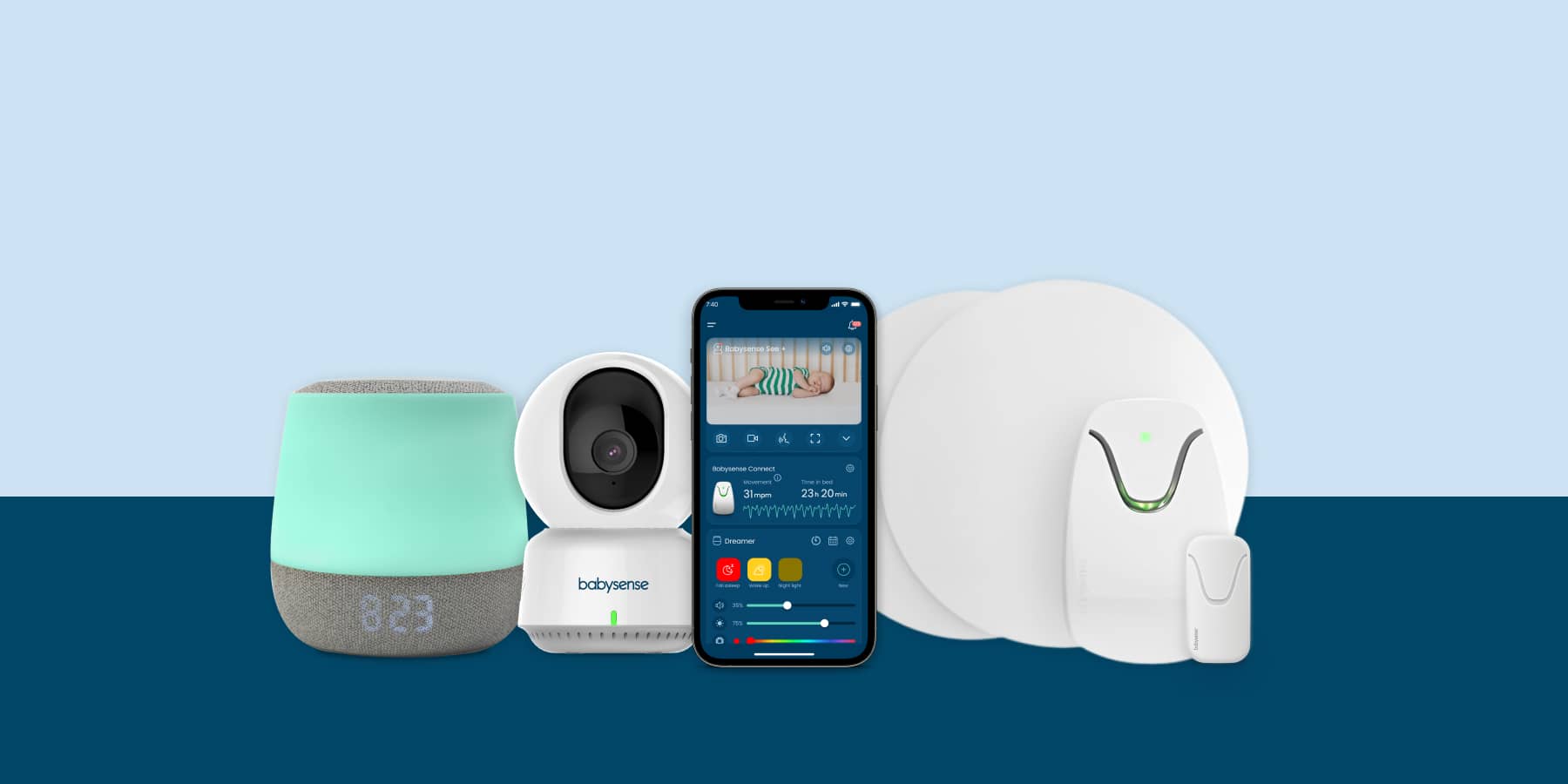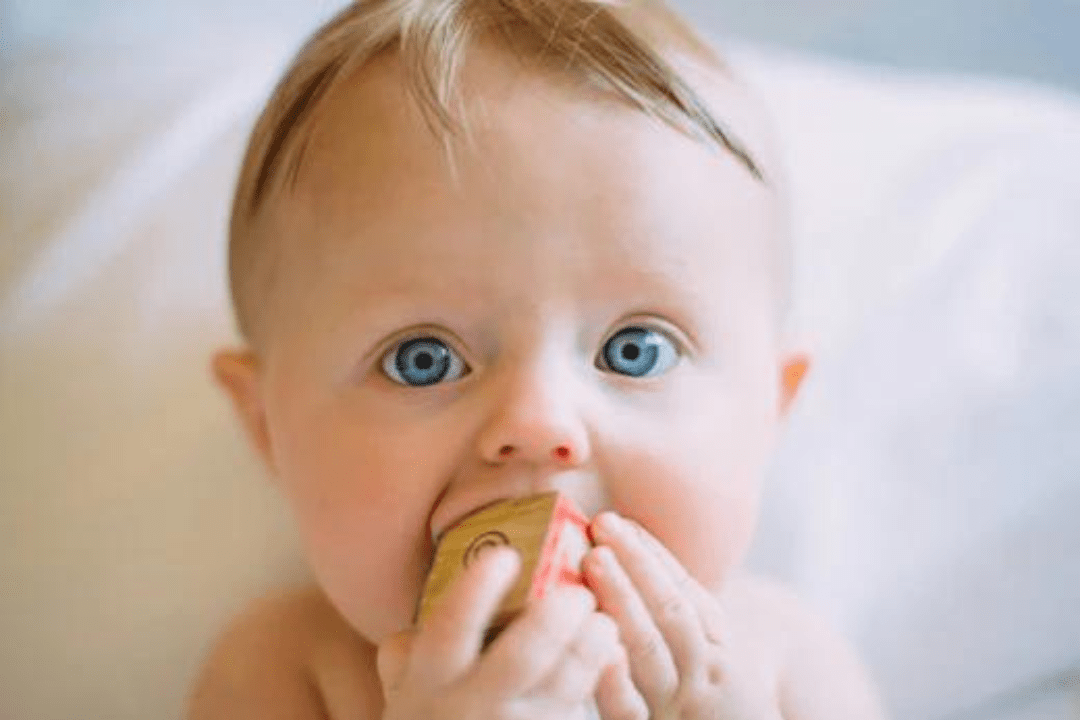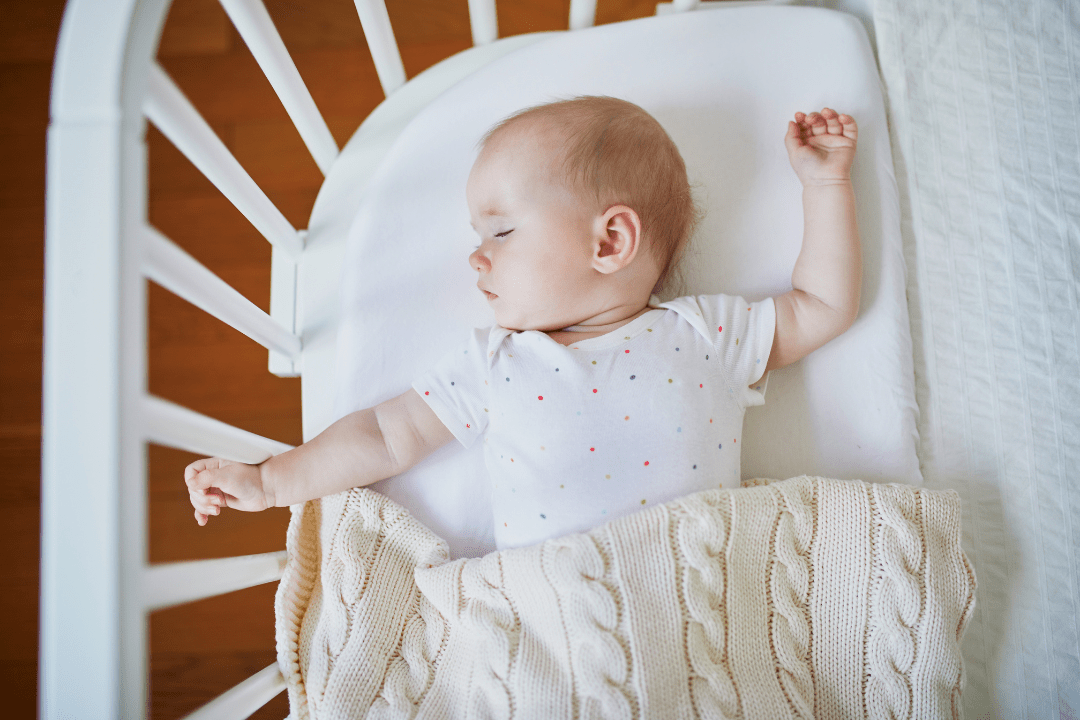Is there a best place to put your Baby Monitor?
Like most parents, we are sure your prime concern is to keep your kids safe. While the concern for your child's safety increases exponentially as your child grows and is exposed to the world, this aspect of raising kids begins when your child is a baby.
Many parents may wonder what extreme danger a baby sleeping in the crib can be in. Research suggests that the most common accidents for babies includes choking on small toys or items within their reach.
Burns, bruises, falls, and similar situations can also cause a small baby harm. Additionally, the baby may be crying, or someone may enter the baby's room without permission, and you may be in another room at the time.
But how do you prevent such situations?
You can easily keep an eye on your baby by installing a baby monitor in your baby's room. There are several different types of baby monitors, and there are best practices to ensure you use a baby monitor properly.
One video monitor stays with the parent/caregiver, and the other electronic device includes a baby camera and is placed within the baby's vicinity.
We offer several variations of video baby monitors, including compact, HD and split-screen monitors. You can even add up to four baby cameras to observe your child from any room in your home.
Here is everything you need to know about baby monitors!
What To Consider When Placing Baby Monitors
One of the most important questions a parent or caregiver can ask is where to put a baby monitor. Baby monitor placement is crucial to ensure the child's safety and to give the caregiver or parent a proper view.
This is what you should consider:
Viewing angle
You need an unobstructed view of your baby to monitor the child while they are sleeping. However, placing the camera in the baby's crib or anywhere too close to the baby is not advisable.
You should put the baby monitor in a place where the camera angle gives you a full view of the baby, and the microphone is also close enough to hear the sounds coming from the crib. The baby monitor camera should be about 6 feet away from your baby in an ideal situation but still provide a clear view.
Most baby monitors come with several features, such as a tilt and zoom option that gives you a complete birds-eye view. Your video camera may also have the option to add a wide angle lens to let you see a broader picture and see who is entering your child's room and what they are doing.
Baby Safety
As mentioned above, your baby's safety is most important. You may have seen advertisements in which baby monitor companies place the baby camera near or in the crib. However, this is far from safe. Your baby monitor cord can pose a serious safety hazard and may result in strangulation or the baby getting tangled in the cord.
It is essential to pay attention to baby monitor cord safety and tuck away the cord to ensure it isn't within your baby's reach. Make sure there are no loose cords or wires around your baby's crib.
You also want to ensure the camera is not close to your child and the baby cannot grab it, knock it off its mount, or turn it to change the viewing angle.
Where Should You Place A Baby Monitor?
So, the question arises, where exactly do you mount a baby monitor? Where is the best spot to ensure a clear and focused view whilst keeping in mind your child's safety? Essentially, you need to see your baby very clearly while the baby monitor is at least 6 feet away for safety.
Recommended Locations for a Baby Monitor
Whether this is your first baby monitor or you have had several in the past, we have some great recommendations on where you can put the monitor:
Mounted in a ceiling cornerYou can easily choose a wall-mount option for your video baby monitor. A basic mounting system simply requires a monitor base that you can attach the baby monitor to with a baby monitor clip.
Ensure the viewing angle is correct and ensure your baby is easily audible from where you are placing your wall-mounted monitor.
Most monitors come with a wall-mounting system, but make sure you check the box of your product to make sure this option is available to you.
On a shelfAlternatively, you can place the baby monitor on a shelf in your infant's room. Ensure the shelf is about 6 feet away from the crib, and make sure the monitor is placed high enough to be out of reach for toddlers and other children.
However, make sure the viewing angle is adequate, and you can see your baby clearly. Also, follow proper safety precautions and keep the power cable covered or out of the way of your other children if you have any. Try using a cord cover to ensure the cord is not visible or dangerous.
Locations to Avoid For a Baby Monitor
Regardless of what you have seen in commercials or otherwise, there are rules to baby monitor placement, and it is essential to follow safety tips to ensure your child is not harmed in any way.
In the cribYou may think placing the video monitor inside the crib is best. This way, you get a closer viewing angle and can hear your baby perfectly clearly, right? Wrong!
Your baby may get tangled in the power cable, the video monitor may fall on the child, or the baby may choke on small parts. The possibilities are endless, and we don't even want to imagine them. Whether you have an expensive camera monitor or a cheaper one, do not place it in the child's crib.
In fact, it's best to keep anything out of your baby's crib - even toys. Ideally, they should be put in a sleeping bag at night, so loose blankets aren't a suffocation hazard, either.
Near the cribPlacing anything too close to the crib will not give you a better viewing angle. In fact, it jeopardizes your child's safety if the baby can reach the baby monitor or the extension cord.
As mentioned above, the ideal distance from the baby for the baby monitor is 6 feet.
Precariously balancedAnother haphazard way to place video monitors is by setting them on an unstable surface. The monitor can fall and hurt someone at any time - or simply break from the impact. Make sure you place the monitor on a flat surface and evenly balance it.
Whether you use a baby monitor wall mount or place it on a shelf, ensure the surface is clean, even, and flat. In addition, you can also hold it in place with double-sided tape to ensure it doesn't topple off.
How to Mount a Baby Monitor to the Wall
If you have decided to mount the baby monitor on the wall, the process is straightforward. Most baby monitors come with a more basic mounting system and a few supplies.
First, ensure that wherever you are placing the monitor gives you a clear and unobstructed viewing angle. Next, also ensure that there is an electric outlet nearby to plug the system in. Finally, look at where you need to screw the monitor in place, mark the area, and drill holes for the baby monitor's surface.
Screw the monitor's base in place and clip the baby monitor on the base. You are good to go!
Make sure the cable is properly covered and out of reach of children. You can use cable covers or get your cable installed in or on your wall. The cover can be a hard plastic tube that prevents your child from pulling the cord or getting tangled in it.
Changing The Baby Monitor Location As Your Child Gets Older
Once your child starts growing, you may want to place the baby monitor elsewhere. However, you need to ensure you get a full view of the room and everything your child is doing, especially when they start moving around!
You can also place it in the play yard or any other room to view your child's activities.
For newborns
If you have a newborn, you need to place baby monitors at a vertical angle to get a full view of the crib and the baby while they are sleeping.
For toddlers
Whether you are a first-time parent or have kids already, you are probably well aware of how naughty toddlers can be! They tend to move around more, pull anything they can, and need just as much, if not more, supervision than newborns!
Once your child starts growing, it is a good idea to place the camera at a bit of a lower viewing angle. This will give you a good view of the room and your toddler's activities.
Conclusion
Families lose a lot of money and sleep when they choose the wrong baby monitor or do not know how to use one properly. Therefore, choosing a manufacturer that provides high-quality, reliable, and safe products is essential.
Do not go for the most expensive option, but choose the option that best caters to your needs and has the best reviews. For example, you can view your baby on your cellphone, like our Babysense See HD Wifi Camera, or have the same system on a video monitor separately, like the HD split screen video baby monitor. There are plenty of options, so pick one that suits your lifestyle.
FAQs
How can I keep baby monitor cords away from the crib?
Baby monitor cords can be hazardous if exposed, so it is best to hide your cable wire behind the curtains or install it inside the wall. You can also purchase cord covers, cord sleeves, or electric socket covers to protect your child from exposure to sockets and cords.
What monitor position provides the best overview of a baby's room?
The monitor should be placed about 6 feet away from the crib, and if the child is an infant, it should be placed vertically.
If the child is older, you might want a lower angle to give a complete picture of the room. The monitor can be placed wherever you need it to be if your child is napping in a different room - just make sure it is always safely out of reach.
Is a video baby monitor worth it?
Absolutely. With a baby monitor, the camera remotely shows you what your baby is doing and whether they are crying or moving. You can work, relax, or do anything in another room while keeping an eye on your child. Your child can sleep in the crib safely.
If your child is older, there is even more need for a monitor as they go about their day. You can place the monitor in any room and monitor who interacts with your child and how. This is particularly important if you have a babysitter or nanny.
Where to put a baby monitor for an older toddler?
If you have an older child, the child is likely to move around and play in their room. Therefore, it is essential to place the monitor where the toddler cannot reach it. For example, mount it on the wall or place it high on a shelf out of reach.
For an older child, the viewing angle should be a bit lower so you can also catch floor movements and see the child properly when they are sitting or standing, not just in bed.








